There are few joys as daunting, few pleasures as unenviable as the start of writing a screenplay. Write up some marketing copy? Sure thing. Draft a basic A/V script for client consumption? You betcha! Bang out a blog for funsies: done lickity split. But no matter how well-outlined the story, or how fully-realized the characters, that first screenwriting session is grueling. Hemingway called it “taming the white bull,” and for all his bluster & machismo, I think the drunk bastard was on to something.
Maybe it’s because of this personal hang-up that I love a great movie script so damn much. Or maybe it’s just because I’m an envious sonofabitch who has yet to pen his Citizen Kane. But either way, the fact remains that a well-written and carefully plotted screenplay is a thing of beauty.
Which is why, among many reasons, I absolutely love Taylor Sheridan.
Who is Taylor Sheridan?
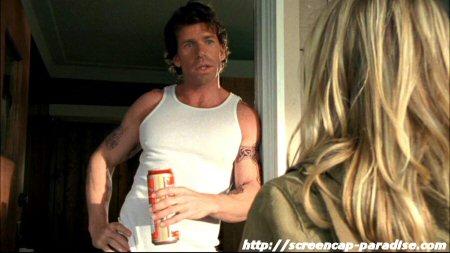
Unless you’re a cinephile or film industry professional, I don’t blame you for never hearing this name before. Unlike a lot of his peers—Spike Jonze, Wes Anderson, Richard Linklater, etc.—Sheridan is just now making a name for himself as a screenwriter.
Born into a poor West Texas ranching family, Sheridan’s childhood was colored with all the dusty intimacies of rural Lone Star State living. Working odd jobs straight out of college, Sheridan’s chiseled jaw and baby blue eyes eventually landed him some modeling, and then acting work. After a few years of semi-homelessness and a parade of small-time bit roles, he started booking more consistent gigs. Though you’d probably never place the name until now, you’ve seen Sheridan in shows like Veronica Mars and Sons of Anarchy.
But it wasn’t until Sheridan moved from in front of the camera to behind it that he really started shining. After quitting S.o.A., Sheridan hunkered down, lassoed up, and started taming his own alabaster steer. Channelling his rural roots, Sheridan penned his first (and arguably best) screenplay, Comancheria. And, after some meddling marketers got their mitts on it, the screenplay eventually emerged as what we know it today: Hell or High Water.
Yet, interestingly enough, Hell or High Water languished for years in pre-production limbo. Instead, it was Sheridan’s second screenplay that saw that silver screen first: the moody, messed-up masterpiece, Sicario. Then, following the critical and commercial acclaim of his first two screenplays, Sheridan himself took up the directorial reigns for his third script, Wind River. All in all, I think it’s fair to say that T.S. has a pretty kick-ass portfolio of early works.
Sheridan’s Style
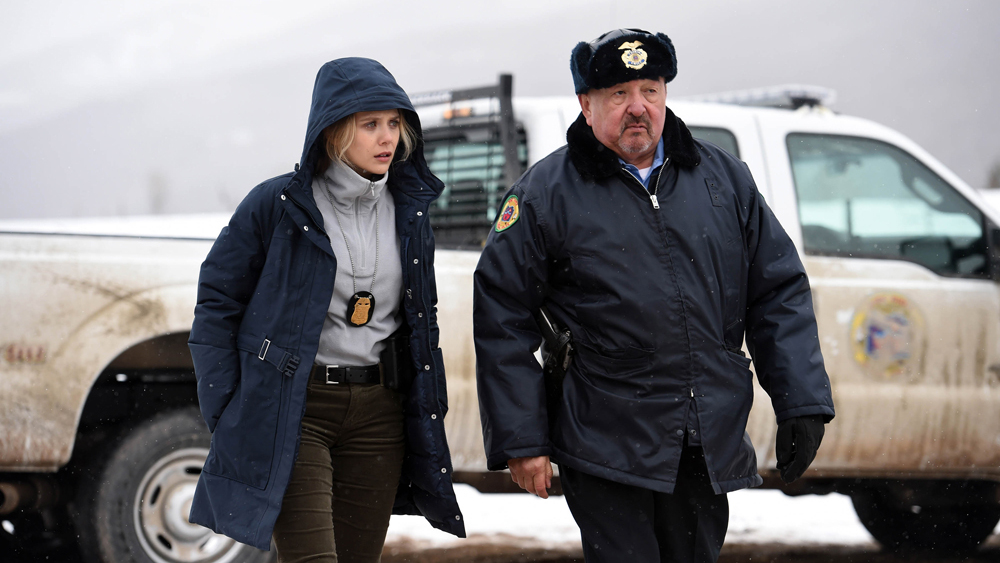
Equal parts Larry McMurtry & Cormac McCarthy, Sheridan’s stories vacillate between the quotidian and the depraved. Beautiful establishing shots of breathtaking vistas give way to panic-inducing extreme close-ups of bruised & bloodied frontiersmen. True-to-life small town yokels stand alongside larger-than-life, flawed, and unforgettable heroes and heroines.
Whether he’s exploring subterranean drug trafficking tunnels or braving frigid Wyoming winters, Sheridan always has his finger on the pulse of the neo-Western mythos. And THAT is what I think separates him as a screenwriter.
The Neo-Western Mythos: Explained
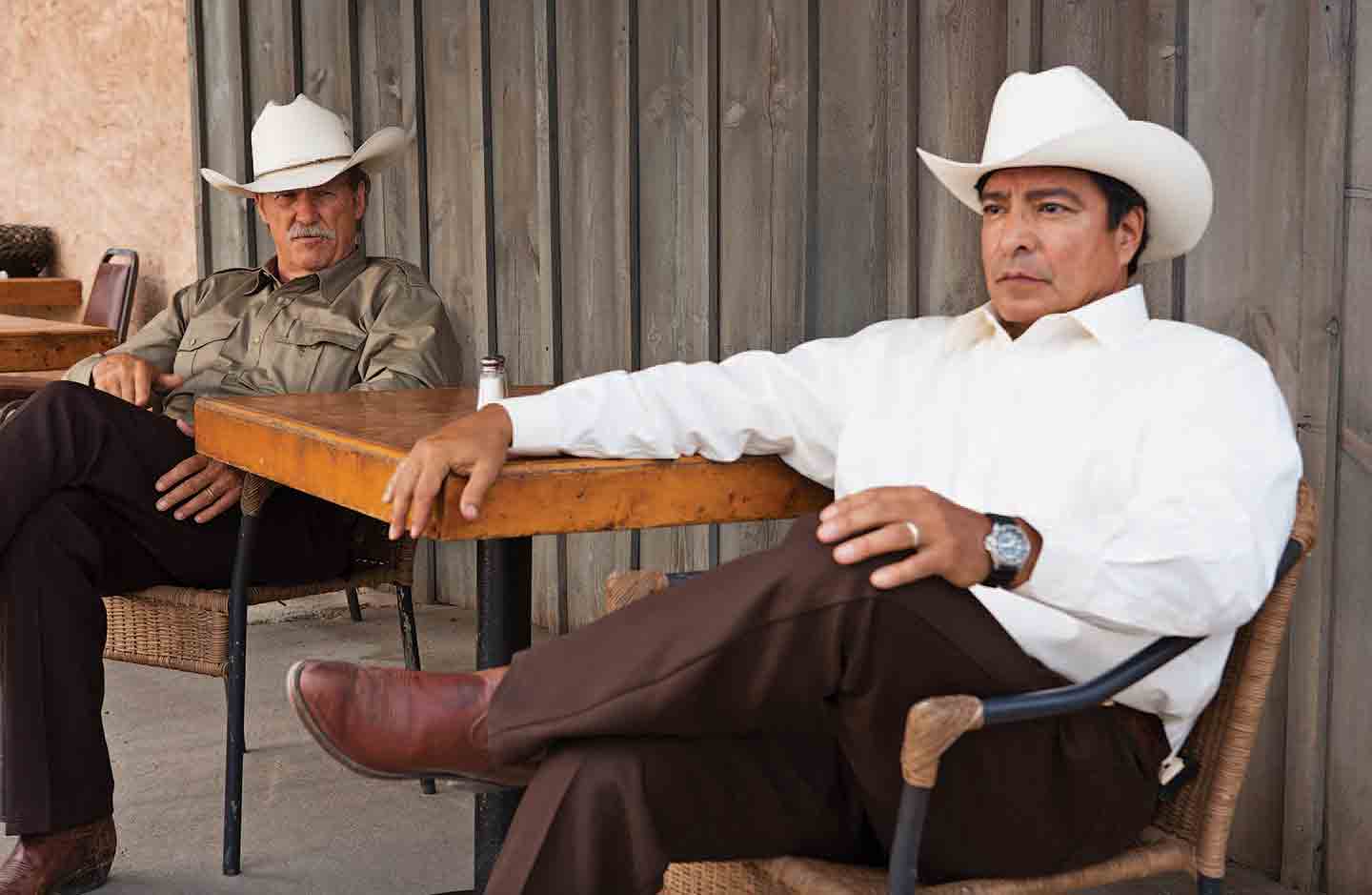
The Western is the quintessential American film genre. Period. Sure, gangster films and detective flicks are well beloved, but from film’s infancy it’s the Western that’s wrangled the American consciousness.
At its core, every Western tells 1 story: the tale of a wild and untamed frontier being “civilized” by exterior forces. Doesn’t matter if it’s a town sheriff fighting off marauding bandits, a hired hand shepherding railroad expansion, or pioneers riding their wagons westward: it’s all the same. These stories all hinge on discovering, digesting, and ultimately dismantling the frontier. Luckily for us, tales that take place in the heart of society’s growing pains are often as exciting as they are violent. This makes for heart-stopping, compelling cinema.
But whereas classic Westerns deal in absolutes–White Hats v.s. Black Hats–neo-Western films are decidedly more ambiguous. The line between hero & villain is almost imperceptible, and morality is more nebulous than concrete. In a post-modern world where boundaries and delineations are always in question, the neo-Western feels right at home with the times. I mean, what if that bandit really has a heart of gold? Or what if the town sheriff is actually a ruthless piece of shit? And how do we reconcile years of ass-backwards Native American stereotyping? These are the questions that neo-Westerns wrestle with.
What separates Sheridan as a master of this genre, however, is his consistent command of the following 2 conventions of neo-Western cinema:
- Fostering an empathetic connection with every character, both “good” & “bad”
- Infusing contemporary issues into high-stakes Western situations
The Man with the Grey Hat
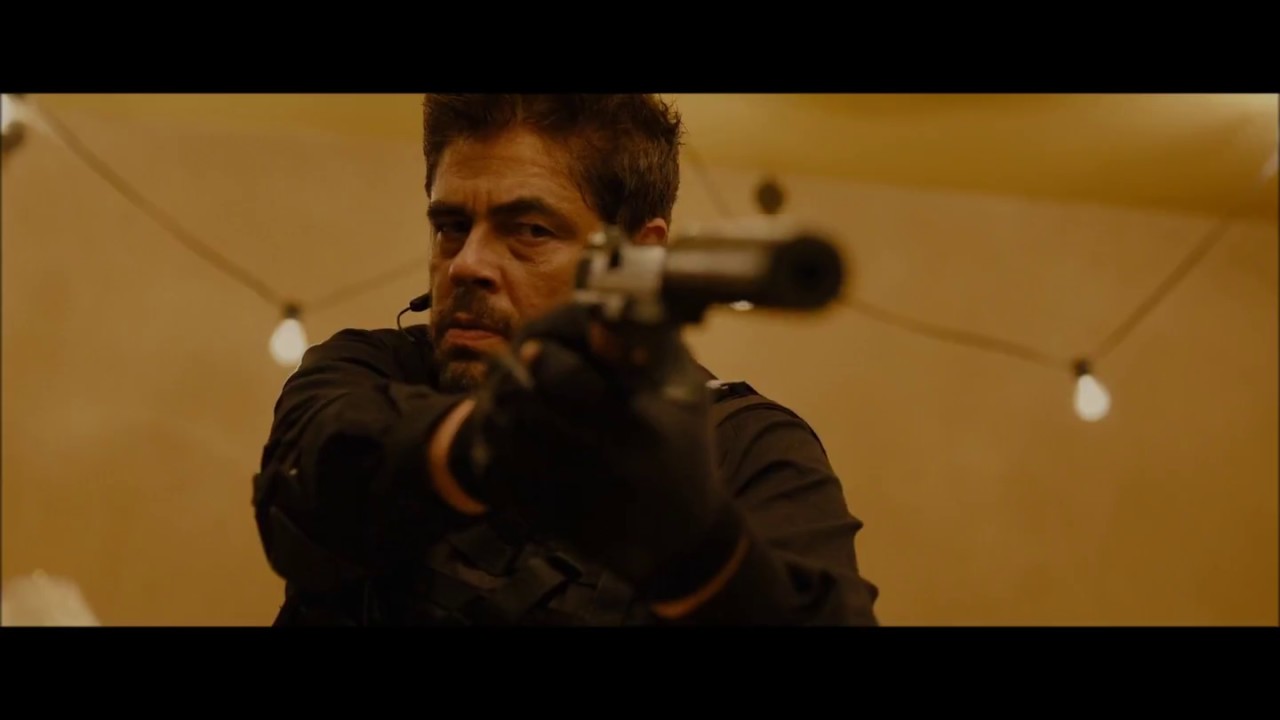
One unifying factor in all of Sheridan’s scripts is his willingness to “play both sides” with his characters. No primary character is exempt from moral pitfalls, nor do they lack redeeming qualities. This purposeful ambiguity is narratively gripping, but even more compelling on a subtextual level. By creating main characters that eschew the convenient classifications of “good guy” or “bad guy,” Sheridan hints at the absurdity of this antiquated dichotomy.
Rather than populating his stories with Black Hats & White Hats, Sheridan folds Grey Hats into his tales. These people have good-hearted motivations but less-than-savory methods, and vice versa. And on top of being more interesting, these anti-heroes are a lynch pin in the neo-Western narrative.
Take, for instance, Benicio del Toro’s haunting portrayal of Alejandro in Sicario. On the surface, Alejandro is a soft-spoken but effective FBI agent. But, once we get to the core of the character, we discover that Alejandro is as lethal as he is exacting, as cold-blooded as he is efficient. True, he’s laser-focused on eliminating an admittedly reprehensible drug trafficking kingpin. But, on the other hand, his methods are beyond inhumane. Despite all of this, we still cheer for him (at least most of the time). It’s tough to watch and hard to swallow, but Sheridan’s ability to effectively write characters like this speaks volumes about his skill.
Was the West Ever Really Won?
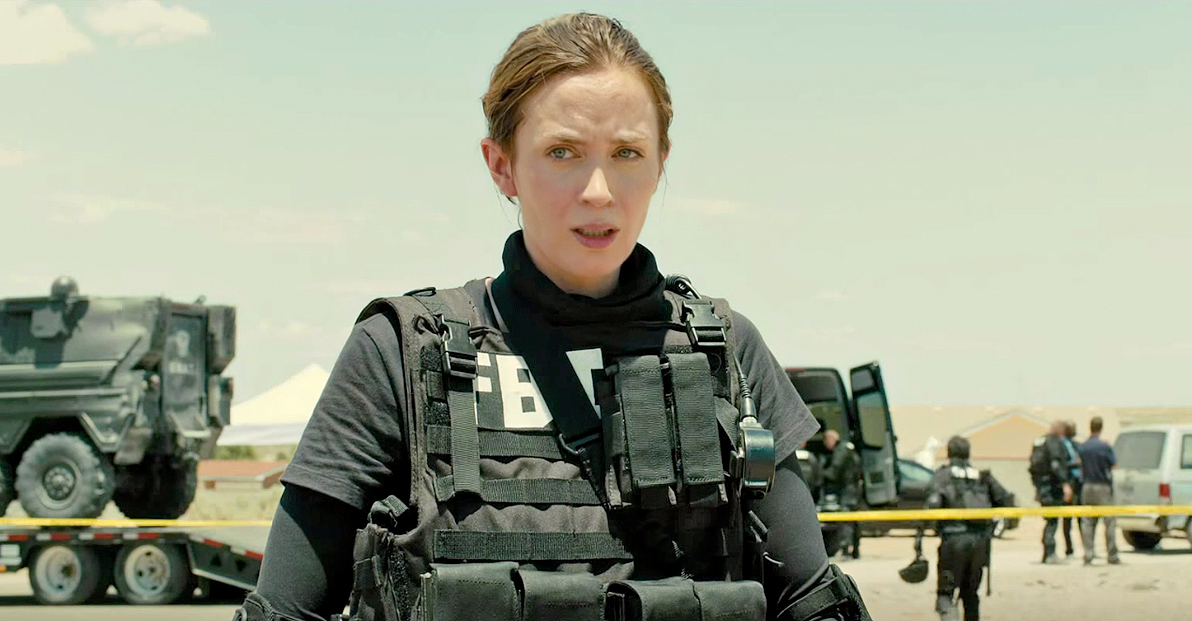
What’s even more impressive than Sheridan’s knack for crafting complex, complicated characters is his finely-attuned ability to pinpoint contemporary equivalents to Classic Western issues. While the “Wild West” isn’t what it used to be, new-American frontiers are still rife with dangers. And not all of them are what you’d expect.
Consider, for instance, what sets the Howard brothers down the road to bank robbery in Hell or High Water. In a nutshell, a less-than-scrupulous bank convinces Toby & Tanner’s ailing mother to take out super high-interest loans on her ranch, their childhood home. When she dies, the bank threatens to foreclose on the house unless the boys can come up with the dough, fast. Then, in a twist of poetic justice, the Howard boys decide to steal from Texas Midlands Banks to pay off the debt.
All-in-all, it’s a cool albeit basic concept. However, what Sheridan does here is twist a Classic Western trope–the no-good bank robber–on its head. Not only do we connect more with the robbers (that Grey Hat thing I talked about), we actively cheer for them. But more importantly, their story is emblematic of a much larger one taking place in spartan little hamlets across the country: financial oppression of the unsuspecting lower class. I suspect that as kid who grew up in a town just like this, Sheridan knows this tale all too well.
Riding Off Into the Sunset
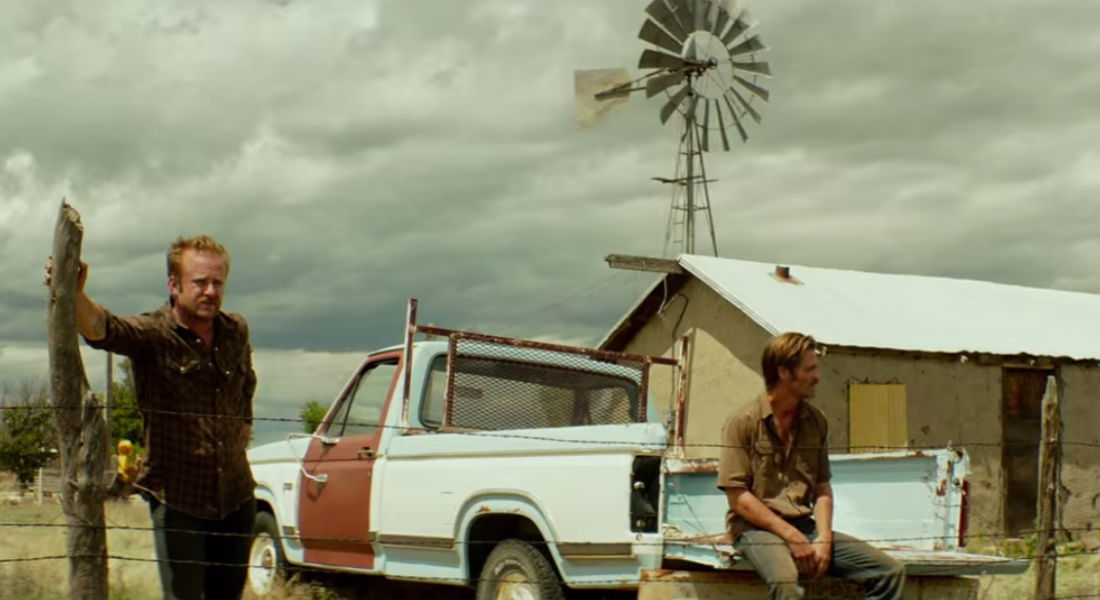
No writer is perfect. I’m sure my prose speaks for itself on that matter, but it’s worth reiterating. That said, I can’t say I’ve ever been bored, disinterested, or unamused with anything that Taylor Sheridan scribed.
Sure, I’m a sucker for a good Western. And yeah, he just so happens to be a writer who specializes in Westerns. But that doesn’t make him any less skilled or sensational.
That said, I’m sure there are those out there who dislike his stuff. I’ve witnessed firsthand that some people have a REALLY hard time watching Sheridan’s directorial debut, Wind River. And while he’s been Oscar-nominated, it’s very likely he’ll never actually win the award. Perhaps, like the White Hat in a classic Western, he’s fated to preserve good writing but never really be part of “the club.”
But even if he never wrote again, I’d still think of him fondly for the films he penned, like a long-ago-passed-through desperado silhouetted by the sun as he chased the horizon, never to return.


5 Responses
So good looks.
Just watched Wind River, blown away, right up there with No Country for Old Men.
I found Wind River haunting and strangely beautiful, odd thing to say given the story line and destruction I know. It really got in me and it’s not going to leave soon.
I’m with you. It’s one of my favorite movies, ever, that and Winter’s Bone, not hard to watch for the sake of violence but with a purpose and a heart. This is unflinchingly real and true from someone who understands and grieves for the losses and sufferings of our beautiful endogenous cultures. This is a meaningful tribute to the lives that have been and are still being lost. And there are amazing characters here. I love the acting and chemistry of Elizabeth Olsen and Jeremy Renner, very moving, kept to mutual respect and steered clear of the typical cinematic formula.
Taylor I can’t say enough about your work w Kevin in Yellowstone! Have watched it through both seasons 3Xs. Can’t wait for Season 3👍🏻👍🏻
He is inspirational in all means. Taylor Sheridan managed to capture the true spirit and energy of the American southwest. Sheridan’s doing important work almost all the time, the best of which is absolutely worth celebrating all the time. The “Perfect Filmmaker”!